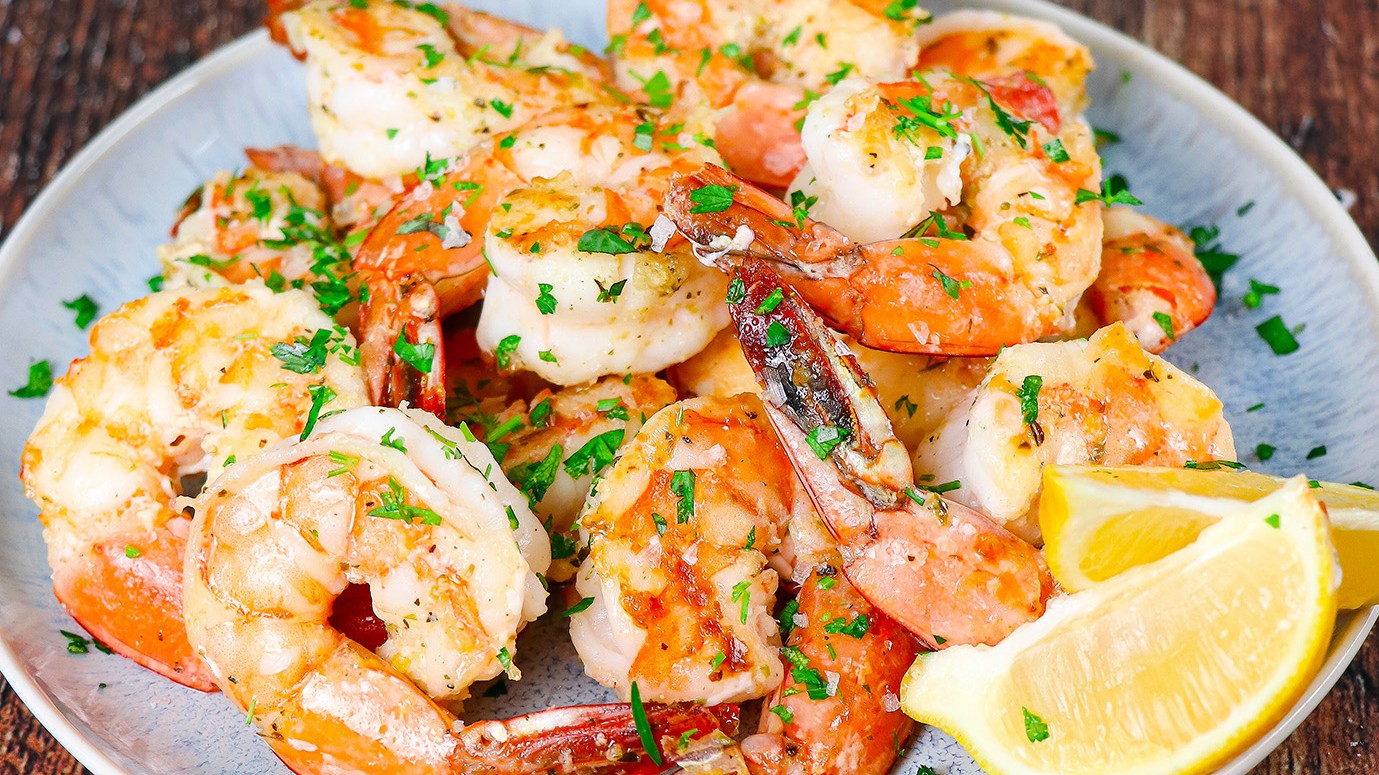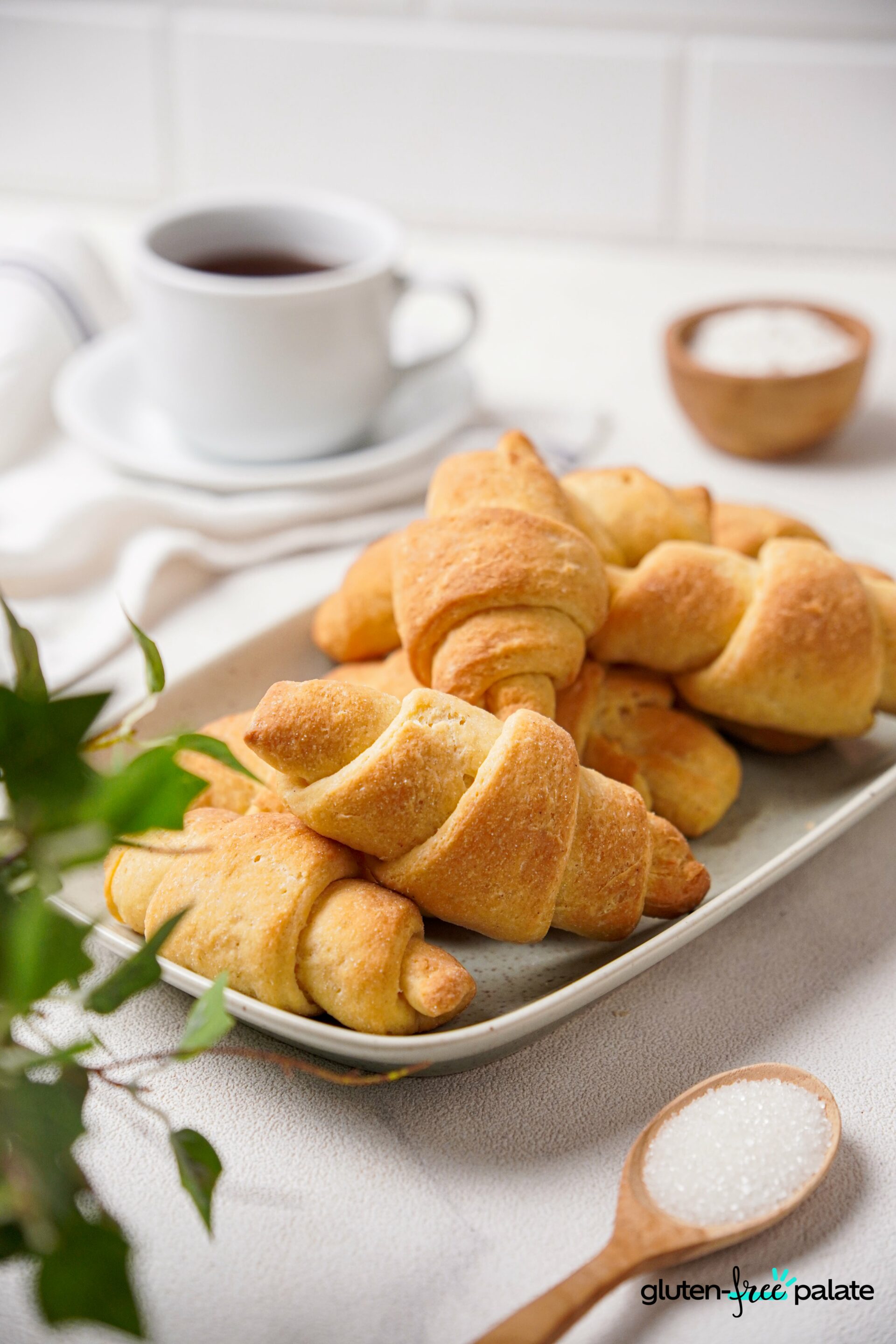Recipe amounts are essential for successful cooking and baking. They ensure flavor balance and textural perfection.
Crafting the perfect dish entails more than just following a recipe; it’s about understanding the harmony between ingredients and their proportions. Whether you’re a novice or a seasoned chef, knowing the precise amounts to use can transform your culinary creations.
With the rise of at-home cooking, accurate recipes have become crucial for replicating restaurant-quality dishes. This attention to detail not just satisfies taste buds but also fosters confidence in the kitchen, encouraging culinary exploration and innovation. Always measure ingredients with care to guarantee each meal is as delightful as intended.
The Magic Behind Perfect Cooking Measurements
Accurate measurements are crucial in cooking for many reasons. They ensure that each dish tastes the way it should. Consistent flavor and texture are achieved with proper measurements. Too much or too little of an ingredient can lead to a failed recipe.
The science behind ingredient ratios is simple yet important. Ratios make sure that a recipe works correctly. Baking is a great example. It often requires precise measurements. This is because baking is much like chemistry. Each ingredient’s role is specific and measured. The measurements affect the outcome of the dish. Stick to the recipe for the best results. Your taste buds will thank you!
Essential Tools For Precise Measurement
Accurate measurements are vital for creating delicious dishes. You need precise tools for measuring ingredients. A kitchen can have many types of measuring tools. Let’s look at some essential ones.
A digital scale gives quick and exact measurements. It can handle small and large quantities. A set of measuring spoons is great for spices and extracts. These come in sizes like teaspoon and tablespoon. Measuring cups come in glass or plastic. They do well with both liquid and dry ingredients.
Maintaining kitchen scales is important for their accuracy. Regular checks should be on your to-do list. Place a known weight on the scale to see if it reads correctly. If not, it may need a reset or calibration. This process keeps your scale reliable and your recipes consistent.
Converting Measurements Like A Pro
Converting measurements in cooking is crucial for perfect dishes. Different countries use different systems. The U.S. commonly uses cups and tablespoons. Many other places use liters and grams. This can confuse anyone trying to follow a recipe.
To avoid common mistakes, always double-check your conversions. Use a digital kitchen scale for accurate ingredient amounts. Remember, liquid and dry measurements are not the same!
| Liquid Measurement | Dry Measurement |
|---|---|
| 1 cup = 240 ml | 1 cup flour = 120 grams |
| 1 tablespoon = 15 ml | 1 tablespoon sugar = 12.5 grams |
For quick references, keep a conversion chart handy. A chart avoids the need for mid-recipe conversions. It also helps in making sure your measurements are right.
- Always use the right tools for measuring.
- Level measurements ensure accuracy.
- Check the expiration dates on leavening agents.

Secret Measurement Tips From Professional Chefs
Understanding the terms ‘pinch’ and ‘dash’ is key to excellent cooking. A ‘pinch’ means you should use your fingers to grab a small amount of ingredient. Think of the amount you can pick up between your thumb and first two fingers. It’s usually about 1/16 of a teaspoon. On the other hand, a ‘dash’ refers to a slight sprinkle or shake of a seasoning, often around 1/8 of a teaspoon.
For certain recipes, knowing when to trust your instincts is essential. Eyeballing ingredients may work well for seasoned chefs or with forgiving recipes like stews and soups. Yet, precise measurements are critical in baking, as it is a science. Attempting to ‘eyeball’ in such cases could lead to a culinary disaster. To ensure success, always use measuring tools for baking ingredients like flour, sugar, and baking powder.
The Art Of Measuring Without Tools
Mastering hand measurements transforms cooking into an art. Think of your palm as a tablespoon guide. A single cupped hand approximates a 1/2 cup. Your entire fist represents a generous 1 cup measure.
For smaller amounts, use your thumb tip, about 1 teaspoon. Your entire thumb equates to around a tablespoon. Common items also help. A tennis ball holds the volume of one cup. Need a teaspoon? See a coin.
| Palm | ~ 1 Tablespoon |
| Cupped Hand | ~ 1/2 Cup |
| Fist | ~ 1 Cup |
| Thumb Tip | ~ 1 Teaspoon |
| Whole Thumb | ~ 1 Tablespoon |
| Tennis Ball | ~ 1 Cup |
| Coin | ~ 1 Teaspoon |

Baking Measurements: A Category Of Its Own
Baking measurements need to be exact. A small mistake can ruin your cake or bread. Unlike cooking, you cannot just guess the amounts. Your treats need precise sugar, flour, and baking powder amounts. For good results, sifting and leveling dry ingredients is a must.
Sifting removes lumps and mixes things well. It helps to measure accurately. Leveling means to remove extra from the measuring cup. Use a straight edge to do this. It makes sure you have the exact quantity needed for your recipe.
Recipe Adjustments And Measurement Tricks
Scaling recipes up or down is simple with the right tips. Double or halve ingredient quantities for larger or smaller servings.
Adjusting measurements according to altitude and humidity can be tricky. Use a bit less yeast in bread recipes at high altitudes. Increase baking temperatures by 25°F to offset the lower air pressure.
Decrease sugar and raise liquid amounts for desserts in humid conditions. This helps maintain the desired texture and consistency.

Common Measurement Mistakes And How To Fix Them
Cooking requires precision, especially with measurements. Many kitchen errors stem from incorrect measuring. These errors can ruin a dish. For instance, using a dry cup for liquids leads to inaccurate measurements. To correct this, always use liquid measuring cups for fluids.
Overpacking flour is another common issue. Instead of scooping directly from the bag, sift the flour into the measuring cup. This ensures a lighter, more accurate measure.
Tablespoon versus teaspoon mix-ups can cause disaster. These words look alike but measure very differently. Pay extra attention to recipe abbreviations. Tbsp stands for tablespoon and tsp for teaspoon.
Food scales are helpful, providing the most precise measurements. For recipes requiring exactness, like baking, weighing ingredients is the best approach.
Mastering The Measurement Game
Becoming a kitchen pro means getting your measurements right. Interactive measurement guides can turn you into a measurement wizard. With hands-on guides, learn to measure flour, sugar, and spices with precision. Use kitchen scales, measuring cups, and spoons to master the art of accuracy.
Step up your game with practice recipes. They are perfect for sharpening your skills. Simple recipes guide you through the process, ensuring you measure ingredients perfectly every time. It’s not just about following steps; it’s about getting the feel of exact quantities. Your dishes will taste better with the right amounts.
Frequently Asked Questions For Recipe Amt
What Is Recipe Amt?
Recipe Amt, short for ‘Recipe Amount,’ refers to the quantity or the proportion of ingredients listed in a recipe. Accurate measurements ensure that dishes are prepared correctly and yield consistent results.
How Do I Convert Recipe Amt?
To convert recipe amounts, use a kitchen scale or conversion tools for different ingredients. Measurements can vary for liquids and solids, so use appropriate utensils or online converters for accuracy.
Why Is Accurate Recipe Amt Important?
Accurate recipe amounts are crucial to the success of a dish. They ensure flavors are well-balanced, textures are correct, and the food cooks properly. Deviations can result in a poor outcome.
What Tools Measure Recipe Amt?
Measuring cups, spoons, and kitchen scales are essential tools. They help measure recipe amounts accurately. Choose the right tool depending on whether the ingredient is liquid or dry.
Conclusion
Mastering the art of the Recipe Amt is a game-changer for any home chef. Try these steps and taste the difference! Your kitchen adventures await — embrace them with confidence. Remember, a pinch of skill and a dash of creativity are your best ingredients.
Happy cooking!

